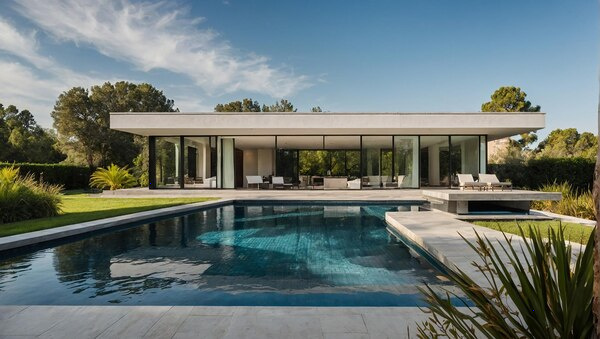The Evolution of Sustainable Design in England
Sustainable design has emerged as a critical component in the architecture and urban planning sectors across the globe, and England is no exception. Over the years, England has been at the forefront of integrating sustainable practices into its architectural landscape, reflecting a broader commitment to reducing environmental impact and enhancing quality of life.

The roots of sustainable design in England can be traced back to the mid-20th century, when architects and planners began to recognize the environmental and economic consequences of traditional construction practices. The oil crisis of the 1970s further highlighted the need for energy efficiency, sparking interest in alternative energy sources and materials that promised both economic and environmental benefits.
In the following decades, sustainable design in England evolved from a niche interest to a central principle guiding a wide range of architectural projects. Legislation played a key role in this transformation. The introduction of building regulations focusing on energy efficiency, waste reduction, and resource conservation established a framework that incentivized sustainable practices.
One of the pivotal moments in the evolution of sustainable design in England was the publication of the Brundtland Report in 1987. While international in scope, its emphasis on sustainable development resonated strongly within the UK, encouraging innovative approaches to sustainable building. This period saw the rise of "eco-homes," which incorporated renewable energy systems, green roofing, and sustainable materials, setting new standards for residential construction.
The turn of the 21st century brought further advancements and a more integrated approach to sustainable urban development. The UK government’s commitment to reducing carbon emissions led to initiatives like "The Code for Sustainable Homes," introduced in 2006, which established a comprehensive framework for sustainable building. This code pushed for higher energy efficiency, responsible water management, and the use of sustainable materials, influencing both public housing and private developments.
In recent years, the concept of sustainable design in England has expanded to encompass not just energy efficiency, but also resilience, community wellbeing, and biodiversity. Developments like the BedZED eco-village in London exemplify this holistic approach. BedZED combines renewable energies, efficient heating systems, and locally sourced materials with community-focused designs that promote sustainable living practices among residents.
Technological innovation also continues to play a crucial role in advancing sustainable design. Smart home technologies, advanced insulation materials, and digital tools for energy management have revolutionized how new buildings are designed and older structures are retrofitted. These technologies not only reduce environmental impact but also enhance the comfort and convenience of urban living.
Moreover, sustainable design in England is increasingly informed by climate resilience. Architects and city planners are now factoring in climate change projections to prepare urban environments for future challenges. Flood-resilient structures, urban green spaces that mitigate heat and absorb rainfall, and transport systems that reduce reliance on fossil fuels are becoming standard features in new developments.
England’s architectural landscape today reflects a deep-seated commitment to sustainability, characterized by legislation, pioneering designs, and community engagement. As environmental awareness grows and technologies evolve, sustainable design is expected to continue advancing, reshaping urban environments into greener and healthier spaces for future generations.
The evolution of sustainable design in England serves as a model for other countries navigating the complexities of modern urban development and underscores the vital role of architecture in fostering a sustainable future.